"Smart Growth" and "New Urbanism" Compared with "Large Lot Zoning" (Tom Lane) [ Home Page – Click Here]
(May 17, 2017) – Traditional "Large Lot Zoning" is "Greener" than "Smart Growth" within Urban Growth Boundaries . . . Copyright 2009 – 2017 . . . Tom Lane . . . Photographing California, Arizona, Nevada, New Mexico, Colorado, Utah, Oregon, and Seattle, Washington.
(May 7, 2011) Smart Growth Fails to Deliver Affordable Housing: Look at Seattle and Portland
Above: Issaquah Highlands, a Master Planned Smart Growth Development near Seattle, where only the Rich can afford to walk on their Community Trails. Smart growth and urban growth boundaries have escalated the price of everything within Superstar Cities. Many Democrats, champions of social justice, are outraged.
_________________________________________________
Smart growth isn’t always about affordable housing, protecting the environment, or preserving trees. Instead, in many scenarios it’s just another example of local governments increasing property taxes.
This is accomplished through upzoning and infilling, where former single family homes and cheap apartments are replaced by expensive condos – that only the Rich can afford. As a result, the poor and minorities, who make less money, are forced to leave.
_________________________________________________
Seattle – A Superstar City
The term “Superstar City” from Dr. Joe Gyourko of the Wharton School reflects what Seattle could become, given its intellectual and philanthropic potential, if not for urban growth boundaries, high impact fees, and other regulations increasing the costs of housing, food, and transportation for the poor.
As is true in many Western states, in Seattle, a select group of Elite so-called Environmentalists are in local political power, establishing smart growth, urban growth boundaries, and light rail. The agenda of this group is to increase tax revenues, masked under marketing techniques of returning to compact walkable cities without cars, as in 19th century America.
A recent editorial in The Seattle Times (Dec. 28, 2010) by Dr. Henry McGee describes the exodus to the cheaper suburbs for African Americans. He is writing a book on this very serious problem, affecting the lifestyles of tens of thousands who have moved out of Seattle because of the cost. Recently, this same exodus has been reported in Portland, Oregon in the Oregonian newspaper (April 30, 2011), with recent data from the 2010 census.
Repeated attempts over the last two decades to control sprwal in Western Washington have completely failed, at the expense of the poor. The statewide Growth Management Act, along with Sound Transit and the Puget Sound Regional Council’s Urban Growth Boundary, have encouraged sprawling smart growth developments over clearcut hillsids; click here for my clearcut photos. These and other measures have only served to increase the cost of a Seattle home by $200,000 between 1990 and 2010, according to University of Washington Professor of Economics Dr. Theo Eiche
Evidence of No Housing Affordability, Even for Renters, in King County, Washington
Consider the following homeless figures from King County, Washington, where Seattle is the Smart Growth Capital of the West Coast, as part of “Preservation Green Lab.” For King County Homeless information, click here for numbers; selected examples follow:
1. 24% of all renters in King County make less than $24,000 a year, earning under 30% of the area median income. Only 1% of all apartment units are affordable to this group.
There is a huge gap between the minimum wage, and the housing wage. As a result, those who are poor or homeless will likely remain so indefinitely, unless they leave Seattle.
2. Only 8% of all market rate rental units throughout King County are affordable to families earning less than 40% of the area’s median income (rents of approx. $600 ‐ $800/month).
3. Remember, apartments pay high impact fees and property taxes, too, and that comes out of everyone’s rent.
Rents are very expensive in King County:
Percent of Market Rate Rental Housing Affordable & Available to Low‐Income Households (2008):
Area; Median Rent; Number of Units; followed by the Percent of Units Affordable to Those Making Under 40% of the Median Income:
Seattle/Shoreline; $930; 160,552; 7.7%
Eastern King Co.(Bellevue, Kirkland, etc.); $ 1,156; 56,768; 0.7%
South (Federal Way, Kent, Auburn, etc.) $825; 86,318; 14%
Rural Cities; $1,295; 4,062; 2.8%
Unincorporated King County; $930; 26,545; 5.5%
Totals $940; 334,245; 8.3%
Rental Costs for the Homeless are Astounding
There are over 22,000 homeless children in Washington State; see this article from The Seattle Times.
For a homeless single parent and infant, it costs $34,000 just to be self-sufficient in King County, Washington.
However, the average income of a homeless adult and infant: only $9,400.
That requires an additional $25,000 of public assistance to find a home.
For a homeless single parent, school age child, and teen, the respective figures are $29,500, and $12,900 (increased food costs).
For a homeless family of four, the respective figures are $40,200 and $12,700 (two parents, a teen, and a pre-teen).
In 2008, there were 4800 homeless adults and children in King County. This increased to 5500 by 2010, due to the growth management caused housing crush and unemployment.
Across Washington State, there were 21,000 homeless students in 2009, and 16,800 in 2006, reflecting the urban growth boundary induced housing bubble and consequential lack of affordable housing.
Do the Democrats Support Affordable Housing, or Smart Growth?
The Democrats support both social justice and the environment. However, smart growth increases housing costs, especially for the poor and the disabled.
Therefore, for the first time in history, many Democrats are now suddenly not adopting an environmental policy – smart growth – because it conflicts with the social justice principles of Democrats.
For the first time in the history of the environmental movement, many Democrats find themselves not in support of a popular environmental policy – smart growth – because it increases housing costs.
For four decades, Democrats have been on the forefront of the environmental movement, and championed the rights of the disabled, poor, and minorities within large urban centers. This has especially been the case in Superstar cities, who vote overwhelmingly Democratic, and who have founded leading environmental groups such as the Sierra Club.
Now, suddenly, Democrats are learning about how smart growth environmental policies increase housing and food costs on minorities and the poor. They want nothing to do with smart growth policies, that antagonize their social justice goals in establishing affordable housing. For the first time in recent American history, an environmental policy (smart growth) is not supported by an increasing number of Democrats.
Many Democrats will not be voting for their own party in future elections for the very first time, because of housing affordability. Now, suddenly, neither party has a monopoly on decreasing housing costs. While Republicans may claim they will lower impact fees, this is not universal, and not exclusive to members their own party. Suddenly, based on increasing housing and rent costs, Democrats are joining Republicans who wish to decrease impact fees, urban growth regulations, and funding for light rail.
Democrats Used to Support Environmental Policies Favoring Housing For the Poor
In the history of the environmental movement, most campaigns to “save the environment” have benefited both the poor and disabled. For example, many urban areas had Superfuund sites from manufacturing. Rivers were so contaminated that Native Americans tribes could not fish. Air pollution was so thick that respiratory distress disproportionately affected lower class inner city residents who could not afford (or, would be discriminated against) if they moved to the suburbs.
However, now we are going backwards, in terms of housing affordability and pollution. Downtown infill condos are expensive, as existing infrastructure must be torn up and replaced. Aligning streets to accommodate bike lanes and wide sidewalks is not inexpensive. Cyclists refuse to learn the rules of the road and drive on the roads. In fact, as a cyclist, I don’t drive in bike lanes – I prefer the open road, as is true of many cyclists. Air and noise pollution increase as density and auto traffic increase, with towering condos built in preparation for mass transit corridors. Therefore, many principles that the Democrats have traditionally supported are no longer facilitated by proponents of smart growth.
The Portland Urban Growth Boundary Decreases Affordable Housing
Smart growth has not achieved that many of its goals, except providing this image of towering condos with bike lanes. As Dr. Randall Pozdena (author of the 2002 report “Smart Growth and its Effects on Housing Markets, The New Segregation,” produced for The National Center for Public Policy Research, Center for Economic Justice) points out:
1. Housing costs have increased, since urban growth boundaries artificially constrain the supply of developable land, which then increases in cost. (Economic theory predicts that restricting supply of something raises its value.)
2. Commute times have increased, as residents travel beyond urban growth boundaries to find cheaper housing. For example, Pozdena points out that Portland, Oregon has a multi-city Urban Growth Boundary, over 24 cities in three counties (.pdf download of map here). Seattle also has a multi-city UGB over many cities and four counties (.pdf download of map here). Residents in search of cheaper housing will drive dozens of miles, each way, in search of cheaper housing outside of the UGB’s. This defeats the purpose of smart growth’s goal of decreasing CO2 emissions, and also increases gasoline costs for minorities and the poor.
3. Pozdena found that if the Portland UGB had been applied nationally to every city, then one million poor and minority families nationwide would have been denied the dream of home ownership (in the ten years prior to the report, 2002).
4. Overall, the haves watch their house values rise, since UGB’s increase the value of everything, even mature properties. And, the have nots watch their dreams dissapear, as homes become more expensive.
Many other unnecessary regulations drive up housing costs. Notable examples include high impact fees, permit delays, remodelling fees on existing structures. According to Dr. Theo Eicher of the University of Washington, the costs of excess regulations add $200,000 to the cost of every home in Seattle.
Anti-Big Box Stores, Free Trade, Ross Perot, and Dennis Kucinich
In addition, the anti-big box policies in Superstar cities increase the cost of groceries. These policies prevent stores with cheap groceries such as Superwallmart, Costco, and Target from locating to areas. Opponents of big box stores, who are often Democrats, complain about Chinese slave labor making imported goods.
However, Ross Perot and Dennis Kucinich, who campaigned on their opposition to free trade agreements that facilitated foreign imports, were not selected by these voters. Instead, they chose Bill Clinton and Barack Obama, respectively, prominent free trade advocates (and, Clinton signed NAFTA). Furthermore, the same big box store imported goods are found at smaller stores, such as Best Buy Electronics, Fred Meyer, Big 5 Sporting Goods, Wallgreens, Staples, and Kohls. All of these stores import goods produced with slave labor. Democrats should be opposed to this, as champions of social justice. But they are not, nominating free trade advocates Kerry, Clinton, and Obama as Presidential candidates. They refused to vote for Dennis Kucinich, Pat Buchannan, Ron Paul, or Ross Perot, who all wanted to cancel all Clinton-era free trade agreements.
Therefore, Democrats who for decades have championed the rights of the poor, minorities, and the disabled, and advocated housing affordability, are now suddenly opposed to two environmental policies (smart growth, and free trade), that defeats their social justice agenda supporting the blue collar working class.
Smart Growth Advocates Want You to Live Closer to Downtown and Pay More
Some proponents of smart growth wish to force the smart growth agenda on people in a rather socialistic, non-democratic fashion. (democratic, with a small d – “democratic” – meaning assessing the needs of the people, and developing appropriate policies.) For example, Dr. Grant Thrall, University of Florida Geography Professor, along with Stephanie Rautkerus at the University of Alabama, and the Natural Resources Defense Council, all think it’s a good idea to charge more for mortgages for those who live further away from cities. This goes against the Democratic party’s values (and, all political parties, and even all Americans) of personal choice and mobility.
But moving people center to downtown actually increases living costs. Smart growth and infill condos are expensive, since existing utilities must be torn up and replaced. Many condos in West Coast cities such as Seattle are selling for $200,000 to $500,000.
Consider that if there were no urban growth boundaries around Seattle and Portland, homes would be sold on half acre large lots surrounded by gorgeous Douglas Fir forests, at what they cost to build, at well under $200,000, as in Texas where there is limited zoning. And, with most jobs in the suburbs, it’s irrational to live downtown, and then have to drive to the suburbs for work.
As Wendell Cox wrote last week, smart growth issues are not ideological. For example, establishing efficient commutes increases worker productivity, and establishing better roads is paramount to this since the majority (over 90%) of personal transportation is by auto.
Nevertheless, despite rising housing costs with urban growth boundaries, and longer commutes to outlining areas on unimproved highways, in 2000, Pozdena points out that 78% of anti-sprwal ballot initiatives passed nationwide.
Smart Growth Will Fade Due to Market Demand
Yet remember Dartmouth Professor Dr. William Fischel, who calculated that even if every American household was on an acre (with four persons per residence), only 3% of the entire US would be occupied, even when Alaska and Hawaii are excluded!
Dr. Fischel discusses this in his book “The Economics of Zoning Laws: A Property Rights Approach to American Land Use Controls.“ A free google preview of his calculations is found on pages 1 and 2 at this link:
I have no doubts that smart growth will die, as Americans (of both parties, especially the Democrats) find out that it’s a big scam. They want large homes on large lots. There are few, if any, benefits to smart growth.
Certainly, small college towns can benefit from walkability, since few students own cars. In college towns of 100,000 or less such as Ashland, Oregon; Durango, CO; Ft. Collins, CO; and Flagstaff, Arizona, there’s a high demand for bicycling as a major form of transportation, and residents are always willing to pay more for trails. I fully support facilitating bicycling in these places. In Ithaca, NY (another college town, with Cornell and Ithaca college), 50% of the population bikes or walks to work.
Smart growth discriminates increases rents and food costs for the poor. As Democrats learn about smart growth, they will oppose it since they are champions of social justice. Smart growth proponents would be better served to cancel their urban growth boundaries in Portland and Seattle, and take their idealism to small environmental college towns, where they will be warmly welcomed.
Community Land Trusts for Affordable Housing: A Band Aid Approach?
The Seattle Times describes Community land trusts in Seattle, sponsored by local nonprofit Homestead Community Land Trust. The land is owned in trust, and the homes are purchased at rates lower than market averages. Some of the homes are in smart growth architecture, see photos at: http://www.homesteadclt.org/index.htm
While land trusts offer affordable housing, remember that they’re band-aid approach to other band-aid approaches to housing. The region became unaffordable due to policies resulting from locals “complaining” about sprwal. The first impact on affordability was the Growth Management Act in 1990, and later, the Puget Sound Regional Council’s Vision 2040, featuring regional high density growth centers near mass transit.
As the Seattle region has grown, impact fees and permit delays have increased, in a “slow growth” philosophy. The Vision 2040 Urban Growth Boundary (map here) has increased the cost of developable land, by limiting its supply. Large areas of abandoned pastureland and timber are off limits to development. Dr. Richard Morrill, Professor of Geography at the University of Washington, advocates expansion of the UGB.
Today’s Seattle Times articles discusses the formerly foreclosed Wolcott Subdivision. Before foreclosure stalled the construction, the finished homes were for sale at $300,000.
Today, the land is now in trust, and the 1,400 to 1,800 square foot homes will sell for $190,000, for those making $51,000 or less. That’s still expensive. The land is leased (not owned) for 99 years to each resident. The land was purchased by the City of Seattle Affordable Housing Levy, the Washington State Housing Trust Fund, the Federal Home Loan Bank, a HUD grant from the Neighborhood Stabilization Program, and Homestead Community Land Trust.
$190,000 for a house? That’s expensive. Could non-profits build homes for less?
While I would never criticize philanthropic efforts, I have the same questions for this scenario as elsewhere on this web site. While this is a great way to give families – in the city limits – a chance to own a home, wouldn’t most prefer larger lots in the more spacious and safer suburbs in the Cascade mountain foothills?
Or, perhaps a small town such as Bend, Oregon where foreclosed homes go for $150,000 or less? Is it better to raise children in an exurban county within a semi-rural environment (such as Deschusets Co., i.e. Bend and Redmond, Oregon) with nature and hiking trails?
Additional questions are political, given local, state, and federal funding assisting this philanthropic group. Should we use government monies to purchase land? Isn’t this just a bandaid approach, given that the real nemesis towards housing affordability is the 4 county PSRC Urban Growth Boundary, along with high impact fees and permit delays?
Furthermore, since the 1980’s, remember that most jobs are in the suburbs. And, traffic has also increased in the suburbs. Seattle spends lots of money on “smart growth” projects within the City limits, including housing and light rail. And, Vision 2040 has “regional growth centers,” with smart growth towers along future light rail lines.
Clearly, the housing affordability problem has multiple causes. First, overpopulation and high density within Seattle and its suburbs triggered the Washington Growth Management Act (1990) in the first place, by way of the territorial exclusions within the urban growth boundary. And, as a result of the very rich bidding up housing prices, Seattle has reached superstar status.
At this point, only the very rich can afford the city limits. However, this superstar status also occurred due to the urban growth boundary, impact fees, and permit delays.
King County Transfer of Development Rights Program Facilitates Expensive Smart Growth Towers
Land trusts and other housing affordability programs are band-aid approaches in a false attempt to increase regional housing affordability. For example, King County programs increase the cost of housing by way of encouraging expensive to construct towering smart growth towers. Two agencies participate in facilliating the private sector to build these towers: 1) The Transfer of Development Rights Program, and 2) The Department of Commerce grants for Smart Growth Redevelopment
Smart growth towers are very expensive, since old buildings are torn town and utilities – often up to 100 years old – must be entirely rebuilt to accommodate much higher density facilities. For example, here’s a proposed land use action sign for smart growth towers near downtown Seattle, along with a very ugly tower called “Mercerview” along the eternally congested Mercer Mess. Who would want to live there, when there’s solitude in the Bellevue suburbs just 8 miles away across SR-520?
In fact, it’s hilarious that on this web page for the Mercerview Apartments, they talk about their great access to regional freeways. Well … since that’s the case, then forget Mercerview, and I’ll go live near the end of SR-520, and commute from a nice house with a private yard, or a much quieter apartment, in Redmond or Sammamish, to downtown.

Mercer View Apartments on the so-called Mercer Mess, since traffic is eternally congested in Mercer St.
Alternatives to Expensive Smart Growth are In the Countryside
Weyerhauser and other timber companies could sell land in the foothills, with cabins on 1 acre lots and strict tree ordinances to preserve forests. There’s also a lot of unused agricultural land in King County, that’s outside the urban growth boundary and only available for 5 acre estates for The Rich. This could be sold for quarter acre lots for affordable housing. The region can explore leapfrog commuting to distant communities with cheap land in less dense areas, i.e. Olympia the State Capitol (60 miles), or the Kitsap Peninsula (accessible by bridge or ferry), and CleElum and Ellensburg east of the Cascades (60 miles).
Or, given peak oil, why do we even bother to commute at all, with the Internet? Do Microsoft Workers in Redmond and Bellevue really have to drive from all over the region when they can tellecommute? Can Boeing Engineers work at home a couple days a week? How about tellecommuting to rainy Seattle, from the Suncadia Resort in sunny Cle Elum (in the Cascade Mountains Rain Shadow)?
There are communities that actively market their broadband services specifically to tellecommuters, such as Ashland, Oregon; view their promotion and see this recent Nov. 18, 2010 newspaper article. Why can’t Seattle have its own high speed internet system, and eliminate the entire smart growth traffic debate?
My vision is to see Weyerhauser and other timber companies (and, the forest service, BLM, and other agencies) donate forest land to organizations such as Homestead (the organization mentioned several paragraphs building expensive low income housing in the Seattle city limits). These lands could support very nice cabins on an acre or two, and give children the chance to explore nature, and play basketball on their own driveways and baseball in their backyards. Organizations such as Homestead would have significantly less impact fees and other regulations in the Cascade foothills, compared to within the City Limits.
In this scenario, no federal funds would be needed. Organizations such as Habitat for Humanity and Homestead could get together and build cabins at cost – $50,000? (Is 50K about right?)
Then, we could decentralize employment away from light rail lines and freeways. Seattle suburbs such as Enumclaw, Eatonville, Buckley, Maple Valley, Black Diamond, and Hobart could replace the already overcrowded “regional growth centers” along light rail lines on the PSRC Vision 2040 map (listed on their web site as: (CLICK for description, zoning, maps, aerial photos, etc. -)
Regional Growth Centers – Puget Sound Regional Council – CLICK for Description –
- Auburn*
- Bellevue Downtown
- Bothell/Canyon Park
- Bremerton
- Burien*
- Everett
- Federal Way
- Kent
- Lakewood
- Lynnwood
- Overlake**
- Puyallup Downtown
- Puyallup South Hill
- Redmond
- Renton
- SeaTac
- Seattle Downtown
- Seattle 1st Hill/Capitol Hill
- Seattle Northgate
- Seattle South Lake Union*
- Seattle University Community
- Seattle Uptown Queen Anne
- Silverdale*
- Tacoma Downtown
- Tacoma Mall
- Totem Lake/Kirkland*
- Tukwila
Vision 2040 is a Dead-End. Endless Growth is Unsustainable when it passes several million.
Overall, the “regional growth center” concept is not sustainable. Smart growth towers with thousands of people along mass transit is a recipe for crime, drugs, traffic, air pollution, and other externalities associated with high density living. The greater Seattle region must realize someday that it’s overpopulated, has lost its quality of life, and that neither smart growth nor anything else can solve the problem, except decentralization to the distal suburbs and beyond.
And, Eastern Washington and Eastern Oregon want to grow and attract newcomers from the west side. Ellensburg, Washington, just over Snoqualmie Pass from Seattle, wants solar power plants and already has wind turbines. Bend, Oregon wants to build a new University in a new mixed-use light- industrial / retail / residential center at Juniper Ridge, for a growing middle class, high-tech population.
Meanwhile, we real environmentalists cringe, watching air pollution increase, and native trees clearcut for smart growth subdivisions. At some point, Seattle will either have to spread out with large lots in all directions, and decentralize employment centers in the Cascade foothills – instead of along light rail lines and congested freeways.
Or, better yet, somehow, someday, people will come up with an environmental ethic for their families, and realize that “4 million is 3 million too many” for the Seattle area … and go start organic farms east of the Cascades … or tellecommute from Suncadia.
Nevertheless, whatever one’s thoughts are on land trusts, at least we have 14 new homes at very low prices for Seattle City limits, actually owned by their occupants. I think we could replicate this elsewhere in PSRC’s jurisdiction, by eliminating urban growth boundaries and other causes for increased land costs, and building cabins in the woods of the Cascade foothills.
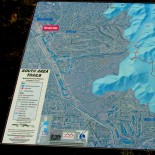


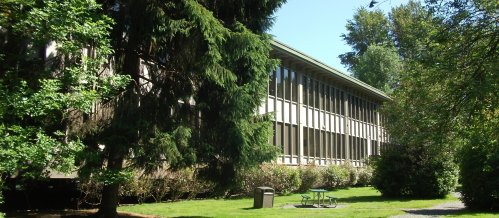


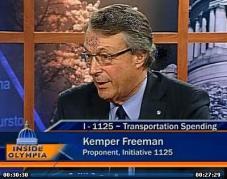
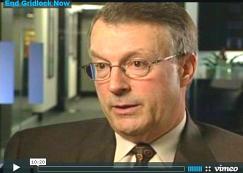
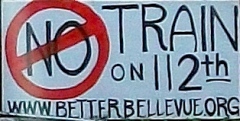

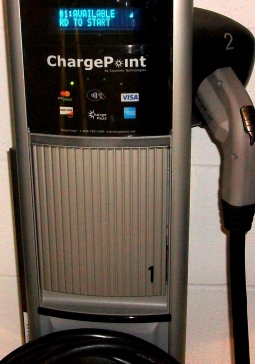


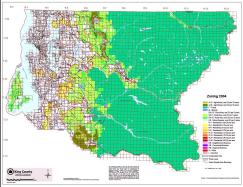
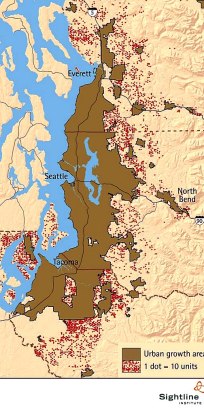
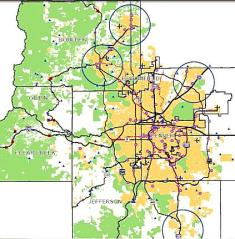
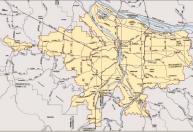
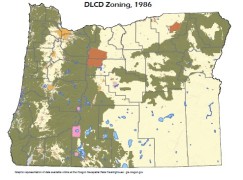
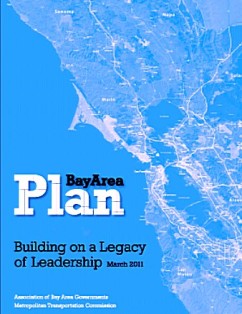

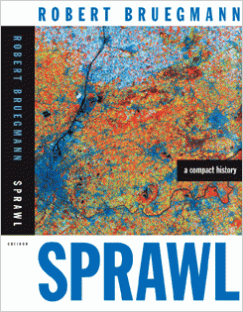

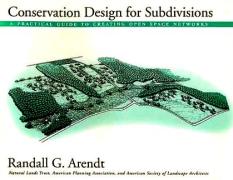
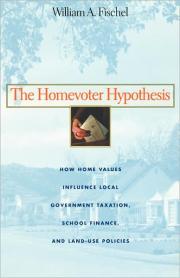


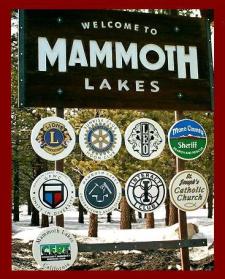
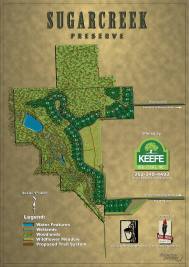

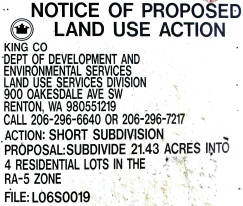
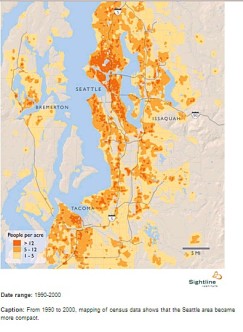
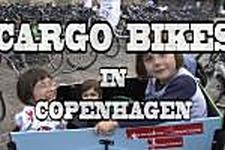

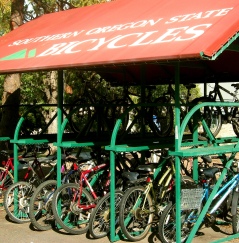








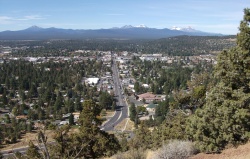
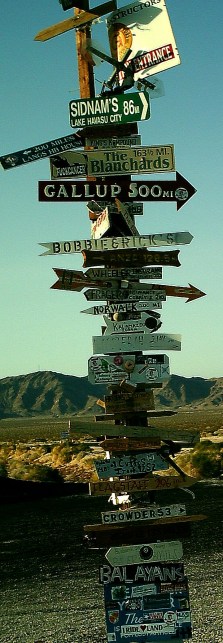



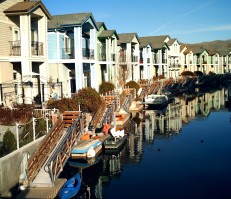


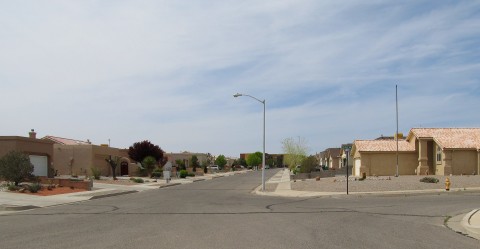
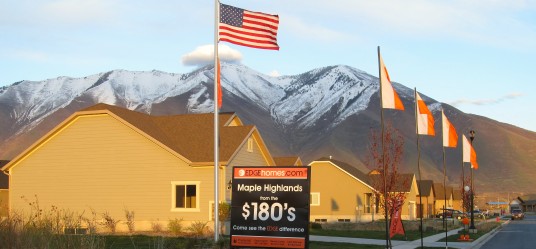
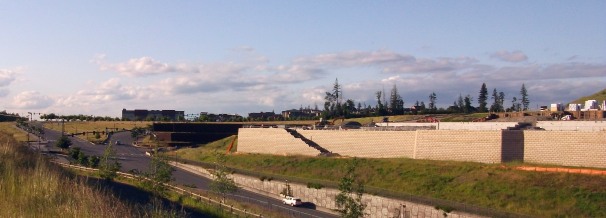


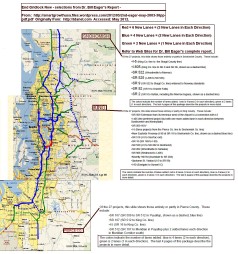
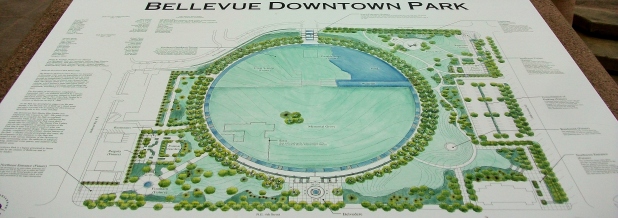


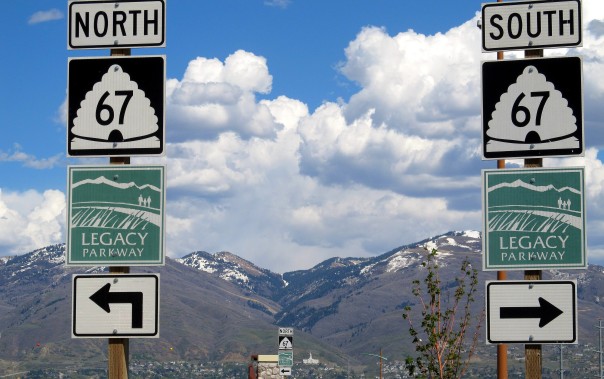
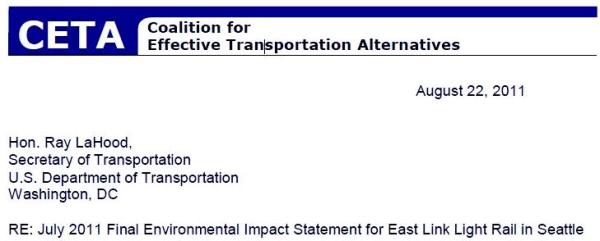
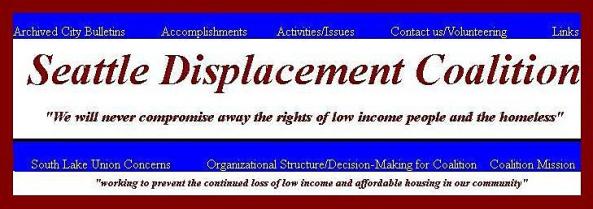
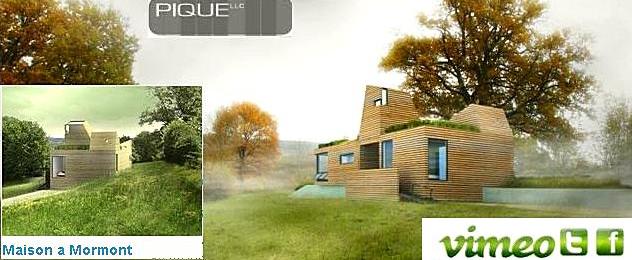


Tom,
You are quite right that leftwing “liberals” have long since ceased to actually care about people rather than ideology. I just read an interesting comment from Kevin D. Williamson, that if you ranked a lot of ideologies in order of how important they are to leftwingers, the top one that would over-rule any other consideration, would be a dedication to “planning” and a “plan”.
The smart growth advocates refuse to learn from evidence, especially evidence from Britain. What “containing urban growth” within boundaries does, is increase the cost of “housing” at the same time as reducing the size, especially of lots. Within a decade or 2 of growth boundaries being enacted, the price of one tenth of an acre lots is several times as high as a whole acre once was, or still is in cities with “freedom to build”. British academics are finding numerous destructive effects from all this – reduced economic productivity and hence reduced incomes (at the rate of 4% per annum compounding), wealth transfers to incumbent land owners, reduced social mobility, reduced household discretionary income.
I also believe that “racial segregation” is not purely race-based, but occurs because of perfectly natural real estate market “INCOME group segregation”. In British suburbs where there are large “white underclasses”, higher income earners of any race do not want to live there. African-Americans who earn higher incomes “flee” exactly the same areas as are “fled” by “whites”. This has the unfortunate effect of depriving those communities of good role models. But the same effect occurs in “white underclass” suburbs too.
If African-Americans are disproportionately low income earners, then effects that might be described in terms of “segregation” will occur, because of the way real estate markets work. Attributes of “housing” are rationed by income. Higher income communities never have any problems with higher income African Americans moving in to their suburb, do they? The “problem” is mostly families of any kind with delinquent children, children who disrupt learning at local schools, and families who are bad role models in any way, both children and parents. Any white family with these problems would be preferred not to be in the same community, by their neighbours, and skin colour would have nothing to do with this.
I think free market solutions were for decades slowly coming about (African Americans in the 1950’s were much clearer that free markets are “colour blind”) but “smart growth” prevents these, as Nicole Garnett points out – “Suburbs as entrance, suburbs as exit”. Suburbs of “trickle down” housing, mostly made up of honest “working poor” who are doing their best for their families and whose aspirations are upwardly mobile. “Smart growth” shuts down opportunities of all kinds, both for “trickle down” housing for those escaping the ghetto, and for businesses of a kind that employ lower skilled workers. Businesses of a kind that employ lower skilled workers are often “land intensive”.